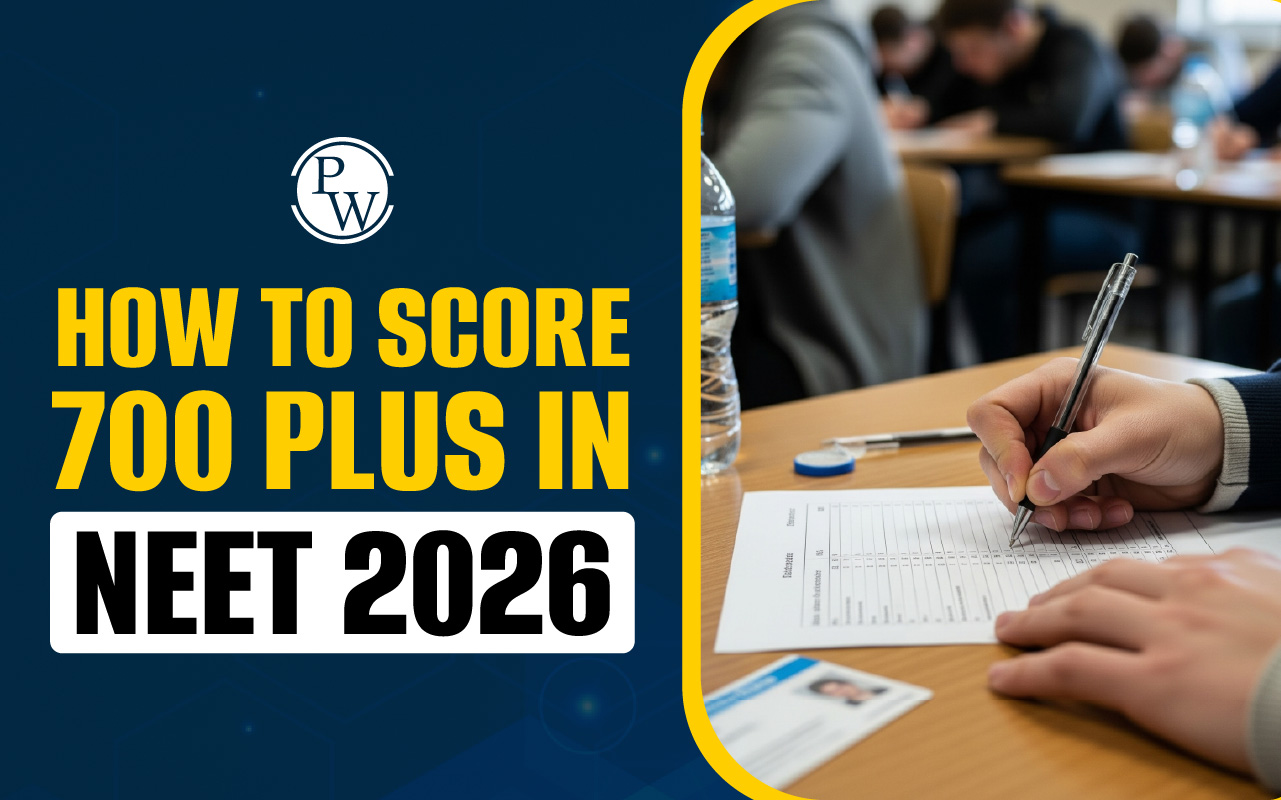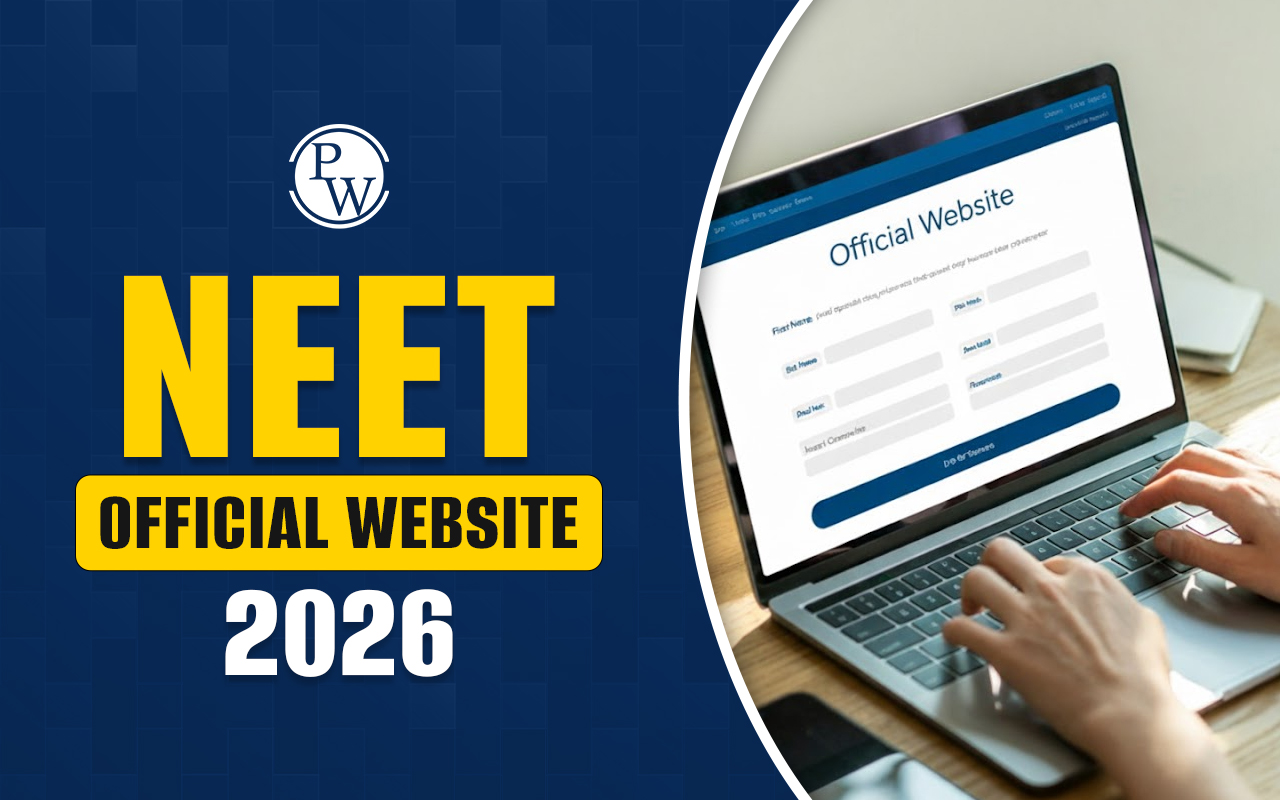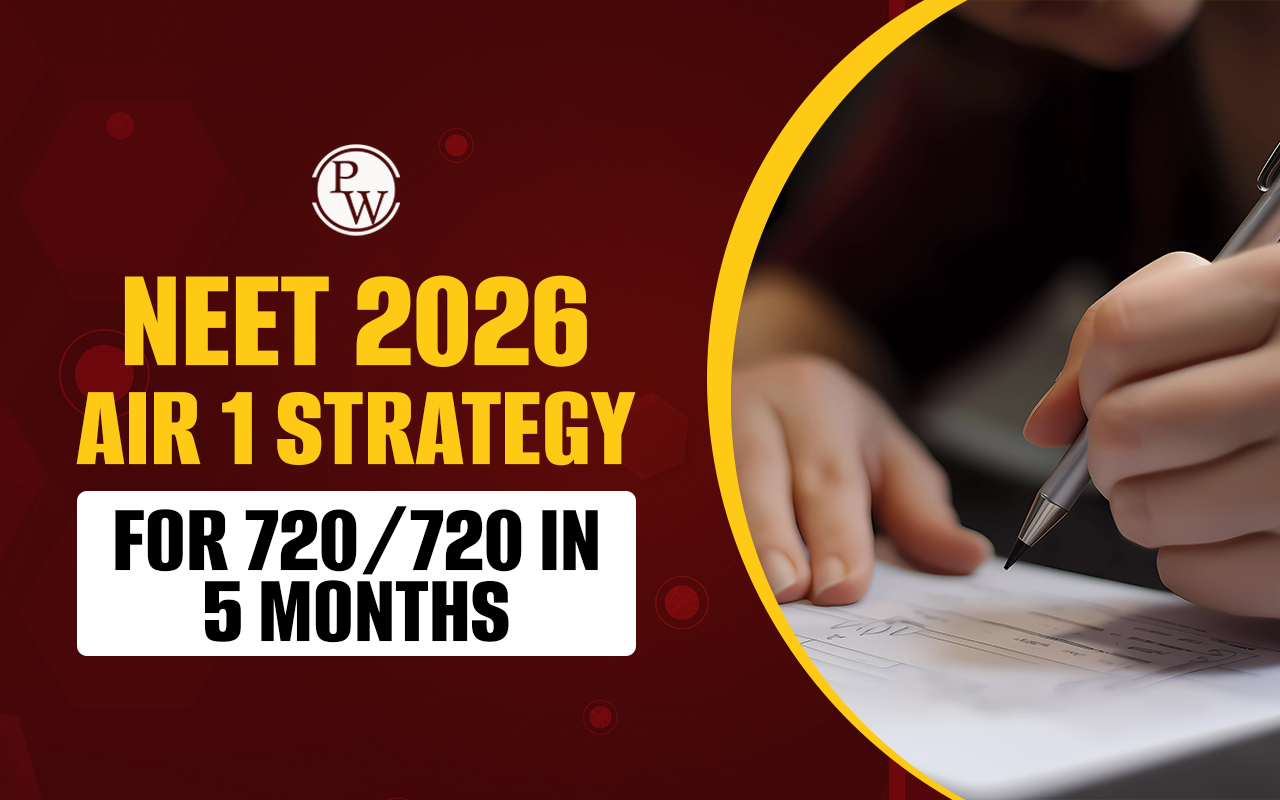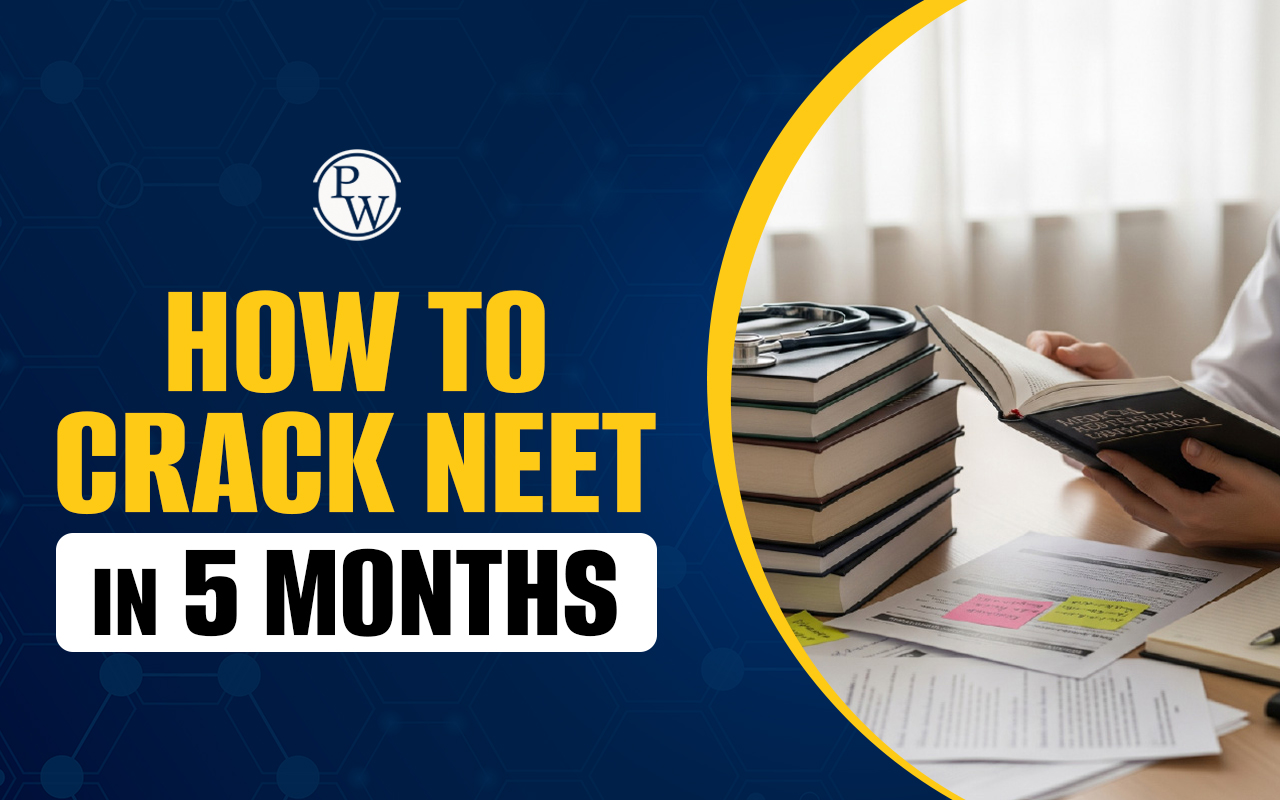
Locomotion and movement MCQ: Locomotion and movement are essential processes enabling organisms to navigate their environment. In the animal kingdom, various mechanisms have evolved to achieve efficient mobility.
For instance, in vertebrates like mammals and birds, skeleton structures play a vital role in locomotion by providing muscle support and attachment points. Muscles coordinate with the skeletal system, contracting and relaxing to generate force, which is transmitted through tendons to move joints. Additionally, locomotion in these species often involves using limbs or appendages specially adapted for different purposes: walking on land, swimming in water bodies, or flying through the air.NEET Study Material, Free Sample Papers, Book, Toppers Notes, PYQs
Locomotion and movement MCQ
In contrast, some organisms exhibit unique methods of locomotion that do not rely on traditional legs or wings. Snakes showcase an extraordinary form of movement called serpentine locomotion – they propel themselves forward by undulating their elongated bodies from side to side while gripping onto surfaces using specialized scales known as ventral scutes. Similarly fascinating is how insects move; they possess intricate jointed exoskeletons that allow them to execute complex movements such as crawling along surfaces or taking flight.Locomotion and Movement MCQ with Solution
The "Locomotion and Movement MCQ with Solution" is like a guide or a practice set to understand how living things move around. These multiple-choice questions are based on the basics of how muscles work, how skeletons help us move, and how our bodies coordinate different movements. What makes it awesome is that Locomotion and Movement MCQ are provided with a detailed explanatory solution, so you can check your understanding right away. It's like a smart way how animals and humans to get around. With these questions and solutions, you can easily gain knowledge of how bodies move and why.| NEET Exam Important Links | |
|---|---|
| NEET Syllabus | NEET Biology Notes |
| NEET Eligibility Criteria | NEET Exam Pattern |
| NEET Previous Year Question Papers | NEET Biology Syllabus |
Locomotion And Movement MCQ For NEET Biology With Answers
Q 1. The human skull is made up of 22 bones, the ...cranium and the facial bones ..........
- 10,12
- 14, 8
- 12,10
- 8, 14
Answer- a, 10,12
Explanation: The human skull has 22 bones, with 10 cranial bones and 12 facial bones.
Q 2. The clavicle is articulated with the following:
- Xiphoid process of the sternum
- Acromion of the scapula
- The glenoid cavity of the scapula
- Head of the humerus
Answer - b, the acromion of the scapula.
Explanation: By connecting the clavicle to the acromion of the scapula, a joint called the acromioclavicular joint allows movement between the shoulder and rib cage as well as increased arm reach.
Q 3. Hypocalcemia may lead to:-
- Kidney stones
- Cholelithiasis
- Stronger muscle contractions
- Tetany
Answer - d, tetany
Explanation: While all the options listed are possible consequences of hypocalcemia, tetany is the most common. It is due to the decreased ionized calcium levels in the blood, which can result in excessive muscle contraction spasms, and convulsions.
Also Check:
Q 4. The pivot joint between the atlas and the axis is a type of
- fibrous joint
- synovial joint
- saddle joint
- cartilaginous joint
Answer - b, Synovial joint
Explanation: Synovial joints are characterized by a synovial cavity filled with synovial fluid, allowing for smooth movement between the articulating bones. The pivot joint allows rotational movement between the atlas (C1 vertebra) and the axis (C2 vertebra) in the cervical spine, enabling the head to rotate from side to side.
Q 5. This ion is responsible for unmasking active sites for myosin or cross-bridge activity during muscle contraction
- Potassium
- Magnesium
- Calcium
- Sodium
Answer - c, Calcium
Explanation: Calcium is essential for muscle contraction and is responsible for unmasking the active sites of myosin or cross-bridge activity. Calcium binds to troponin, which causes an action potential to be transmitted along the sarcomere, resulting in muscle fiber contraction.
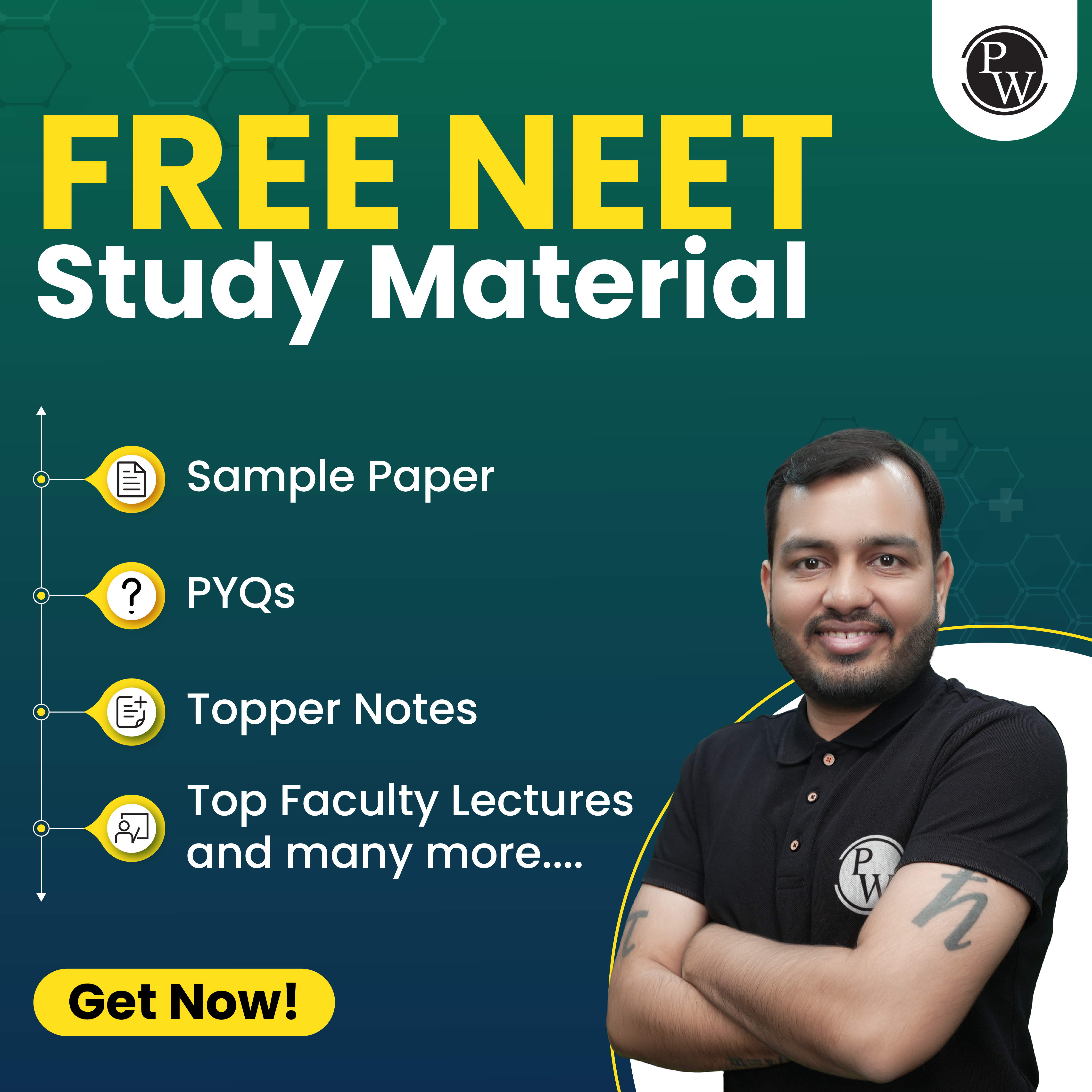
Q 6. In sustained muscle contractions, there is a lack of relaxation between successive stimuli known as ____________
- fatigue
- tonus
- tetanus
- spasm
Answer - c, tetanus
Explanation: Tetanus is a sustained muscle contraction caused by the repeated stimulation of a motor unit. Without relaxation between successive stimuli, it leads to fatigue in the affected muscle.
Q 7. A motor neuron stimulates a muscle fiber at___________
- the sarcoplasmic reticulum
- the myofibril
- the transverse tubules
- the neuromuscular junction
Answer - d, the neuromuscular junction
Explanation: When a motor neuron stimulates a muscle fiber, the axon terminal of the motor neuron meets the muscle fiber at the neuromuscular junction. An action potential causes an electrical stimulus that causes neurotransmitters to release, which then activate muscle contractions.
Q 8. Humans have the most prominent sesamoid bone, the ______
- Pelvis
- Femur
- Ulna
- Patella
Answer - d, Patella
Explanation: The Patella is the most prominent and located between the femur and tibia, it is an integral part of your knee joint and helps provide stability and movement while walking or running. Locomotion And Movement will help you further understand musculoskeletal anatomy, so you can better understand how different bones move with each other for better mobility.
Also Check:
Q 9. The skull's _______ is the only part that can move.
- Nasal Conchae
- Mandible
- Vomer
- Maxilla
Answer - b, mandible
Explanation: The mandible, commonly known as the lower jawbone, is the only movable skull part. The mandible is a bone that forms the lower part of the skull and is connected to the rest of the skull through a joint called the temporomandibular joint (TMJ).In addition to the mandible, the nasal conchae, vomer, and maxilla are also bones of the skull that move up and down and side to side, enabling functions like chewing, speaking, and facial expressions.
Q 10. Skeletal muscle bundles are held together by a standard connective tissue layer called
- Perimysium
- Endomysium
- Fascia
- Aponeurosis
Answer - c, Fascia
Explanation: Skeletal muscle bundles, or fascicles, are held together by a standard connective tissue layer called the perimysium. The perimysium is a dense irregular connective tissue that surrounds and supports each fascicle within a muscle.
It contains blood vessels and nerves that supply the fascicles with nutrients and signals for contraction. On the other hand, the endomysium is a connective tissue layer that surrounds individual muscle fibers within each fascicle. Fascia is a dense connective tissue layer surrounding muscles and other structures, providing support and protection. Aponeurosis is a broad, flat tendon-like structure formed by the extension of a tendon or a sheet-like expansion of connective tissue, which attaches muscles to bone or other muscles. While fascia and aponeurosis are involved in muscle support and attachment, the perimysium surrounds and supports the fascicles.Q 11. What is the incorrect set of antagonistic muscles?
- Flexor - Relaxor
- Abductor - Adductor
- Pronator - Supinator
- Levator - Depressor
Answer - a, Flexor - Relaxor
Explanation: "The correct term for the muscle that opposes or acts in opposition to a flexor muscle is an extensor, not a relaxor. The extensor muscle extends or straightens a joint, while the flexor muscle bends or flexes a joint.
Q 12. Select the correct statement regarding the specific muscular or skeletal disorder
- Gout — inflammation of joints caused by calcium deposition
- Muscular dystrophy — age-related shortening of muscles
- Osteoporosis — decreased bone mass and a higher risk of fractures with aging
- Myasthenia gravis — an autoimmune disorder that affects myosin filament sliding
Answer - d, Myasthenia gravis — an autoimmune disorder that affects myosin filament sliding
Explanation: Gout is actually characterized by inflammation of joints due to the deposition of uric acid crystals, not calcium.
Muscular dystrophy is a genetic disorder that leads to progressive muscle weakness and degeneration, not age-related shortening of muscles. Osteoporosis is a condition where there is a decrease in bone mass, making the bones fragile and increases the risk of fractures, particularly in aging individuals. However, it is not specifically caused by aging alone. Various factors, such as hormonal changes and nutritional deficiencies, can contribute to the development of osteoporosis.Q 13. This is the correct description of a certain part of a normal human skeleton
- Glenoid activity is a depression to which the thigh bone articulates
- the first vertebra is the axis which articulates with the occipital condyles
- the 9th and 10th pairs of ribs are called the floating ribs
- The parietal bone and the temporal bone of the skull are joined by a fibrous joint
Answer - b, The first vertebra is the axis, which articulates with the occipital condyles.
Explanation: The glenoid cavity is a depression in the scapula (shoulder blade) to which the humerus (upper arm bone) articulates.
The 11th and 12th pairs of ribs are called the floating ribs, not the 9th and 10th pairs. The parietal bone and the temporal bone of the skull are joined by a fibrous joint known as the squamous suture.Q 14. All of the following lengths are reduced during muscle contraction except for:
- H-Zone
- A-Band
- Band
- Sacromere
Answer - b, A-Band
Explanation: During muscle contraction, the length of the H-Zone and I-Band minimize while the length of the A-Band and sarcomere remain largely unchanged.
The H-Zone, consisting solely of thick myosin filaments, decreases in size as both thick and thin filaments overlap. The I-Band also shortens as a result of overlapping filaments, as it mainly contains thin actin filaments. The A-Band, containing both types of filament, does not alter significantly in length. As for the sarcomere, located between two Z-lines, it too stays relatively constant but shortens due to sliding filaments.Q 15. The clavicle is articulated with the:
- Xiphoid process of the sternum
- Acromion of the scapula
- The glenoid cavity of the scapula
- Head of the humerus
Answer - b, Acromion of the scapula
Explanation: The clavicle, also known as the collarbone, is articulated with the acromion of the scapula. The acromion is the bony process of the scapula that forms the highest point of the shoulder. In addition to connecting the upper limb to the axial skeleton, the clavioclavicular joint also allows shoulder movement.
The other options mentioned are not correct:- The xiphoid process of the sternum is a small cartilaginous extension at the lower end of the sternum, and it does not articulate with the clavicle.
- The glenoid cavity of the scapula is the shallow socket that articulates with the head of the humerus to form the shoulder joint, but it is not directly connected to the clavicle.
- The head of the humerus is the rounded part of the upper arm bone that articulates with the glenoid cavity of the scapula, but it does not articulate with the clavicle directly.
Locomotion and movement MCQ FAQs
What is locomotion and movement?
What is locomotion and movement 11 notes?
What is the locomotion of a human?
What are the joints of locomotion and movement?

